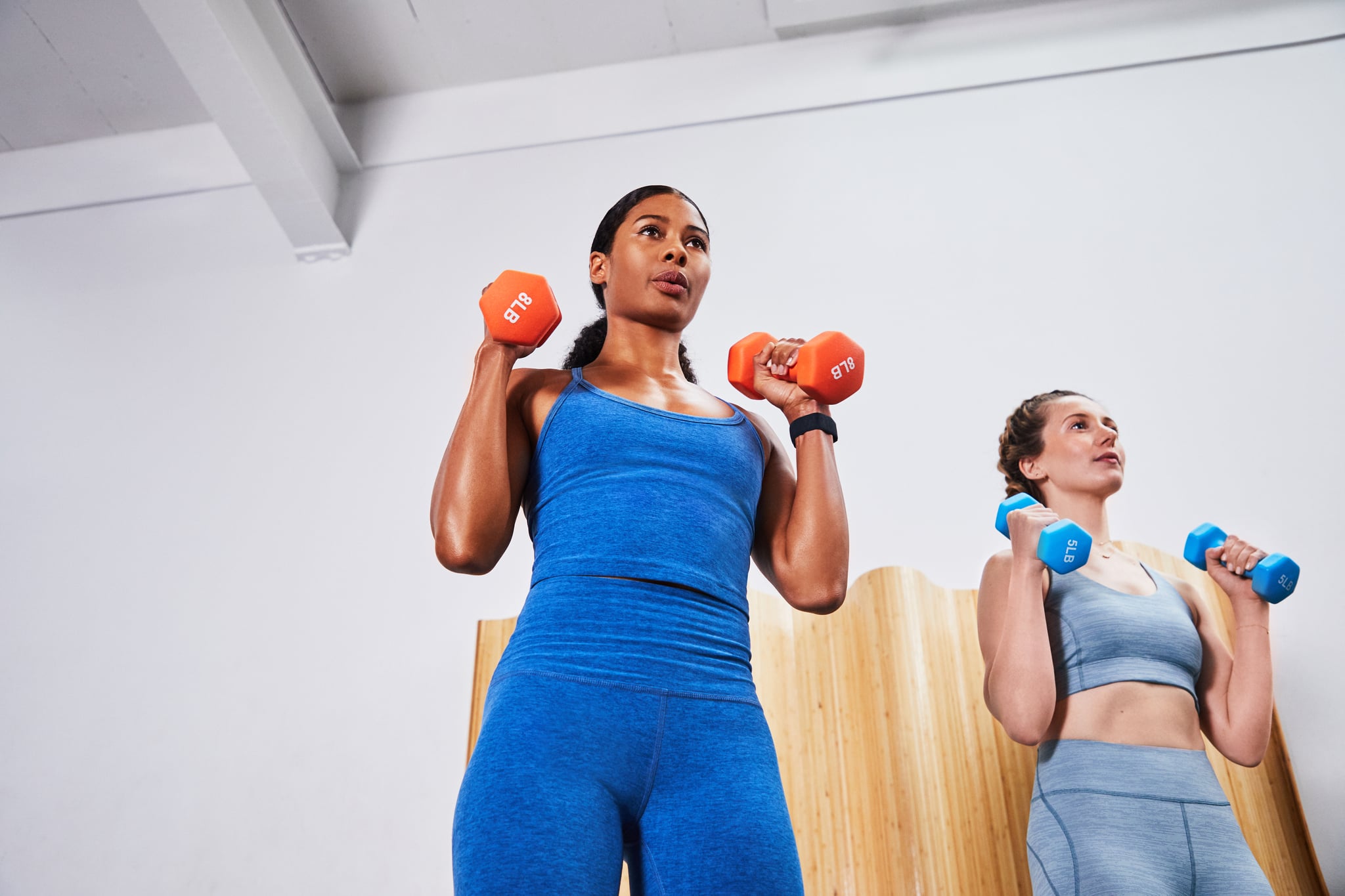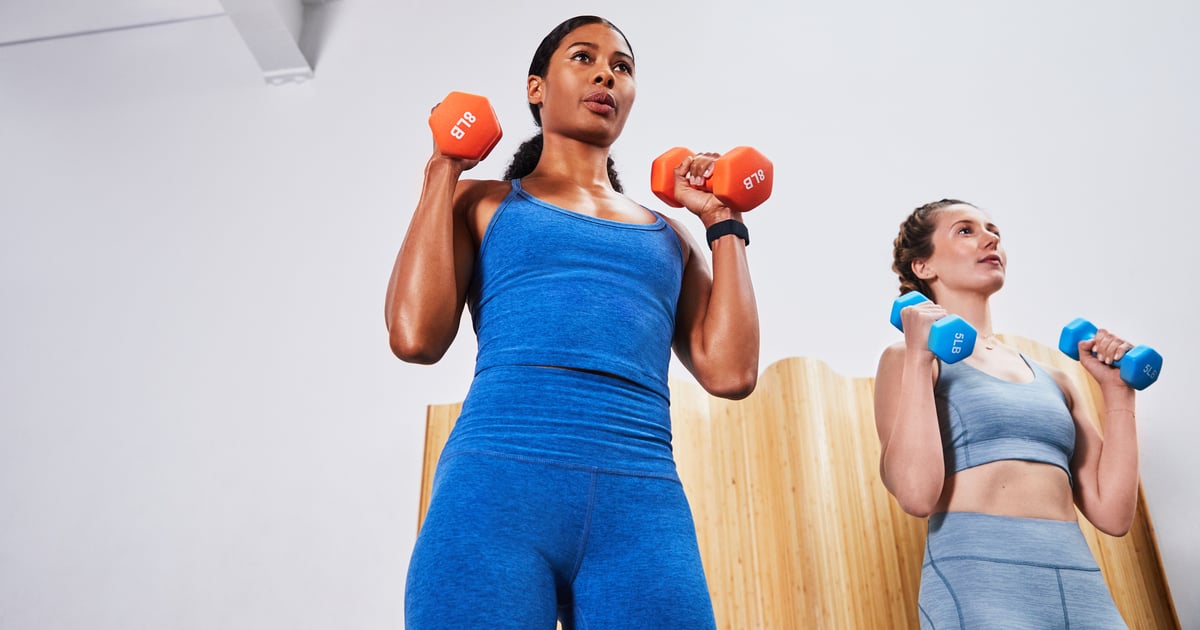
When I’m getting an arm workout in, I’m thinking about toning, bulking, or the dinner I’m going to reward myself with post-sweat. My rotator cuff has never really crossed my mind — but Chris Pabon, a NASM-certified personal trainer with Blink Fitness, says it should.
No matter your preferred arm workout, Pabon says you need to watch out for your rotator cuff, elbows, and wrists: “Sometimes if there’s a problem with one, it can usually affect the others if you aren’t careful. Many things can contribute to this, improper form being the top one.”
The rotator cuff is especially important — Pabon notes it’s the area most affected by arm training.
Pabon says that warming up and cooling down is as important, if not more important, than the actual workout itself. He suggests banded internal and external rotations to get the shoulders and elbows ready for the load. Plus, the move offers posture-correcting benefits, too.
“Grab a band with your palms up, elbows in by the ribs, and your chest high — pull [the band] apart. You want to keep the elbows in the ribs throughout the whole movement. If your rotator cuffs are burning, you’re doing it right,” Pabon says.
Just as important as warming up and cooling down is practicing proper form — Pabon says it’s actually the best advice he can offer.
During bicep curls, Pabon suggests keeping your chest up and your shoulder blades in and retracted down.
For triceps exercises, his advice is to make sure that only the elbow is in motion. Depending on the exercise, your shoulder could try to help the movement — avoid this by being aware of where your elbow is.
Take tricep kickbacks, for example. Pabon wants you to keep your elbows locked into your ribs and your shoulders in place: “If you extend too far back, you’ll roll that shoulder internally, and that’s a big no-go.”
As Pabon says, “an ounce of prevention is worth a pound of cure, so take the time, warm up and cool down properly, and it’ll be smooth sailing.”
Click here for more health and wellness stories, tips, and news.
Image Source: Matthew Kelly
